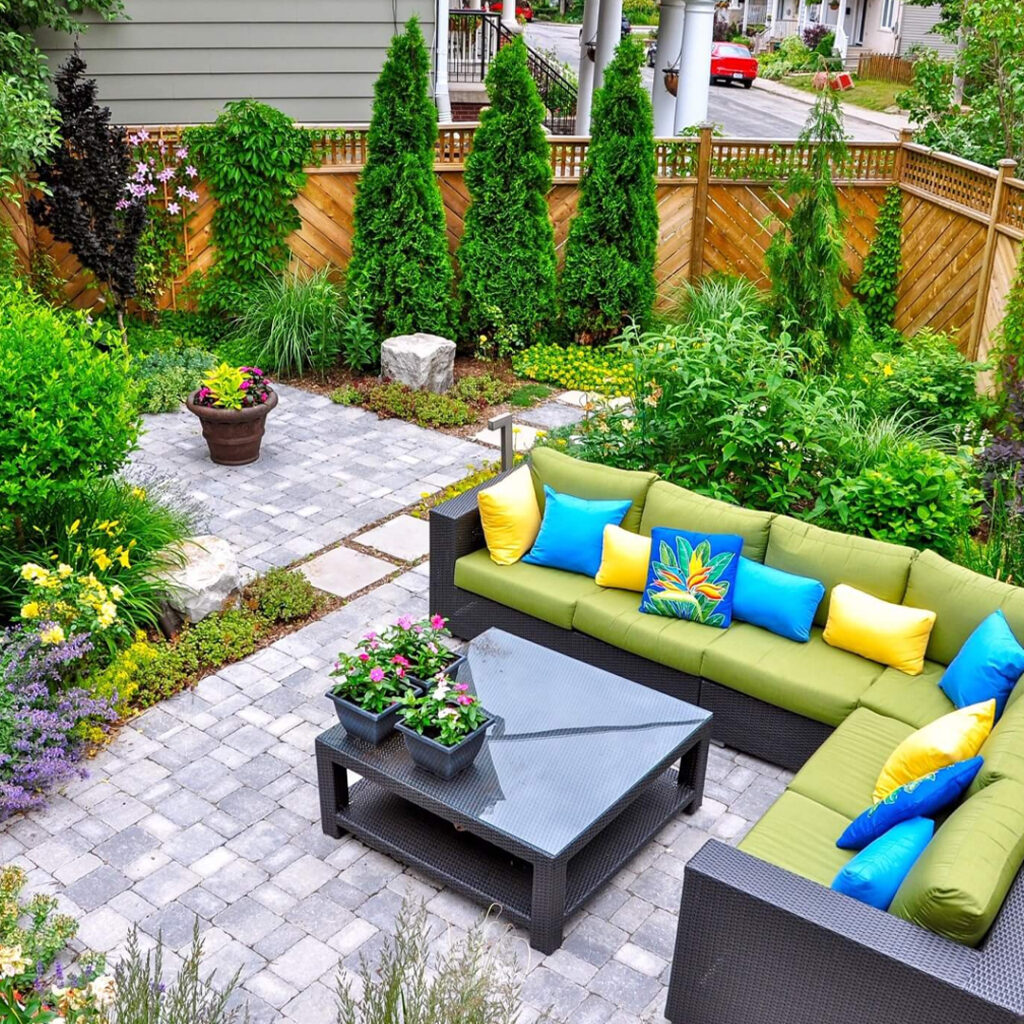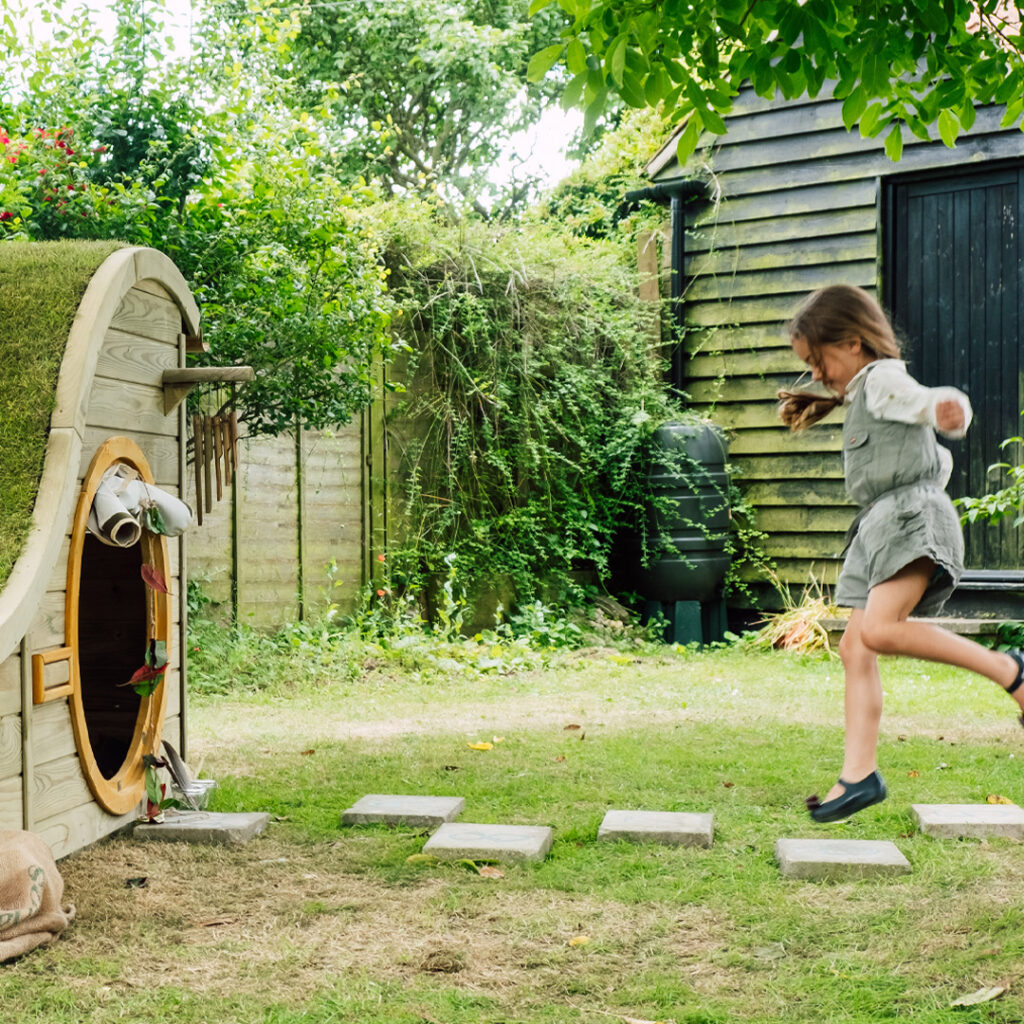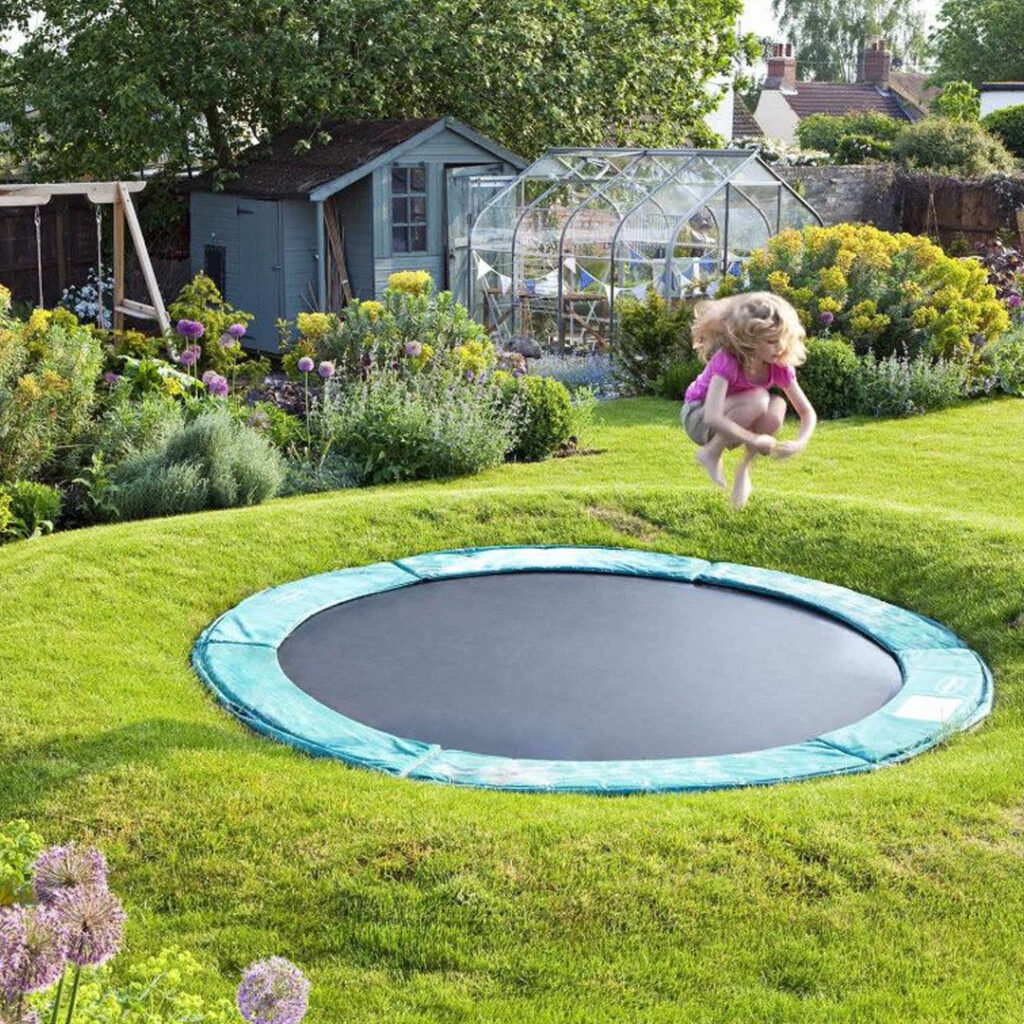
Have you got a back garden space leaving you scratching your head over how to make the most of it? Don’t worry, you’re not alone. Gardens are common, and while they can be challenging, you can design a space you’ll love spending time in with some creative thinking. The key is to think beyond the usual lawn and borders and make the most of every inch.
This article will show you four innovative garden layouts to inspire you. From a cosy dining space to a potager garden bursting with homegrown produce, you can create a stylish outside space no matter the size. You don’t need a huge budget or lots of experience either. With some simple tricks, you can make your little garden patch into an oasis of calm. Ready to create your back garden designs into something special? Let’s get started!
Designing a back garden comes with challenges, but you can make the most of limited space with some creativity. Having a functional and attractive outdoor area is essential for many homeowners.
With creativity and the right choices, you can have an inviting back garden oasis, no matter the size. Make the most of what you have and enjoy your little paradise!
Section 1: Vertical Gardens
Vertical gardens are ideal for spaces. You can maximise your limited area by growing plants on walls or other vertical structures.
Trellises and Wall Planters
Attach trellises, planter boxes, or wall planters to fences, walls, or railings. This allows vining plants like tomatoes, cucumbers, beans, and peas to grow up rather than out. You can also plant dwarf fruit trees, berries, or ornamental vines.
Trellises: Wooden or metal lattice structures that support climbing plants. Place one against a wall or fence.
Planter boxes: Long, narrow planters attached to walls or railings. Fill them with potting mix and trailing plants.
Wall planters: Planters with attached brackets so you can hang them on walls. Great for herbs, lettuce, strawberries, and other compact edibles or ornamentals.
Vertical Garden Structures
For more substantial vertical gardens, install purpose-built structures like:
Plant walls: Modular wall panels with built-in planters and irrigation systems. Plant a variety of ornamental or edible plants.
Plant towers: Multi-tiered planters, one on top of the other. Each level has its own reservoir and drip irrigation. Perfect for patios.
Green walls: Structural walls covered in soil and plants. Living wall systems have built-in planters and drip irrigation to sustain a lush vertical garden.
The benefits of vertical gardens are plentiful. They maximise limited space, increase productivity, create privacy, improve air quality, and add beauty to your back garden designs. A perfect solution for gardeners with little room to spare!
Section 2: Multi-Functional Furniture and Features

When you are deciding back garden designs, versatile furniture and features are essential. Look for pieces that serve multiple purposes and space-saving solutions that make the most of your limited area.
Space-saving furniture
Foldable furniture can be used to utilise space. These can be unfolded when needed and stored away when not in use to free up space. Stackable seating, like plastic patio chairs or stools, can be stacked against a wall.
Benches are also a great space-saving option. Choose a style with storage underneath for outdoor accessories. You can always have a little storage in a garden!
Multi-functional pieces
A fire pit or chiminea is a focal point for your garden and provides warmth on cooler evenings. It can also be used for cooking or outdoor lighting.
Water features like fountains or bird baths add visual interest and the soothing sound of running water.
Planters and pots allow you to incorporate greenery and foliage into your garden. Place them on the ground, hang them from walls or fences, or set them on shelves to maximise planting space. They can also be moved around to change the look and layout of your garden.
Tips for selecting versatile features
Choose scaled-down versions of furniture and features designed for spaces.
Look for durable, weather-resistant materials that can withstand storage outside, like aluminium, wrought iron, and high-quality plastics.
Opt for neutral colours that blend in rather than bold colours that make a space feel cramped.
Consider multi-functional pieces that provide multiple purposes, e.g. a storage bench, fire pit, or water feature.
Keep pathways clear and avoid overcrowding your garden space. Less is more!
With versatile and multi-functional furniture and features, you can create an inviting garden oasis even in the smallest of spaces. Make the most of what you have by choosing pieces that serve multiple purposes. Your little slice of outdoor paradise awaits!
Section 3 Creating Zones for Different Activities

Dividing your back garden into zones for different uses is critical to making the most of the space.
Dining Zone
Create an area dedicated to outdoor eating and entertaining. A bistro set or table and chairs are perfect for a cosy dining spot. Place this zone close to the house for easy access to the kitchen.
Relaxation Zone
Add a separate space for relaxing and lounging, such as a seating area with comfy chairs, a loveseat or wooden benches. Include side tables for drinks and books. Use outdoor rugs, potted plants and lanterns to define the area. A focal point like a fire pit, chiminea or water feature can make this zone extra cosy for unwinding in the evenings.
Garden Zone
Allocate part of your garden specifically for planting. You might have space for a veggie patch, flower bed or container garden. If space is tight, consider vertical gardening using trellises.
To unify the different zones:
Use complementary paving, fencing or planting for a cohesive look.
Repeat the materials and colours used in your house’s exterior.
Keep pathways open between areas so they flow as one overall space.
With some creativity in back garden designs can become a multi-functional oasis.
Section 4: Integrating a Trampoline

Integrating a trampoline into a garden is a fantastic means of maximising recreational space, delivering hours of enjoyment for children and adults. The inclusion of safety enclosures in many modern models permits worry-free bouncing. However, carefully considering placement and size in a confined garden is crucial.
Considerations for Adding a Trampoline:
Opt for a medium or mini trampoline (10 to 12 feet in diameter) to ensure ample bounce in limited space.
Round trampolines prove more space-efficient than their rectangular counterparts.
Choose a model with a secure enclosure net, utilising zips or Velcro for containment within the compact garden.
Position the trampoline in a sunlit, level area with good drainage, maintaining a distance of at least 5 to 6 feet from fences, plants, structures, and overhanging branches for safety and stability.
Embed the trampoline frame legs in concrete for added stability in gardens.
Explore trampolines that sit nearly flush with the ground when not in use, featuring folding or removable safety enclosures for maximum space utilisation.
Some models offer springless, ‘soft-bounce’ mats, providing a gentler experience for younger children and less stress on joints for adults.
With thoughtful placement and the right trampoline sizes and type, you can creatively integrate this recreational element into your compact garden, offering an exciting outdoor experience. Adhering to safety guidelines and continuous supervision ensures worry-free bouncing fun, enhancing enjoyment in even the outdoor spaces.
Conclusion
Whether you prefer a simple potted garden, a space-saving vertical garden, or want to go all out with a cottage garden feel, the possibilities are endless.
The potted patio garden is perfect if you have limited ground space but a patio or deck. Group planters together for more cohesive look.
The vertical garden uses walls and fences to maximise planting space. Attach planters, trellises, and wall planters to grow vining plants upwards.
The courtyard garden creates an intimate space using architectural elements like walls, gates or pergolas. Winding paths lead you through lush plantings.
The cottage garden has an informal, overflowing feel with dense plantings, garden ornaments, and winding paths. Use trellises, arbours and garden seating to create separate spaces.
Start small and build up over time, no matter which layout you choose. Experiment with what works for your space and climate. Move plants around, add garden accents, and have fun! A garden can be just as stunning and rewarding as a large one. The possibilities are truly endless if you use your imagination.
So start designing, get your hands dirty, and create an outdoor space you’ll enjoy for years! Your perfect garden is waiting to be discovered. Happy gardening!
To create a back garden, start by planning the layout and selecting plants suitable for your region. Prepare the soil, install any desired features like a patio or pathway, and incorporate elements such as flowers, shrubs, and trees to bring your garden to life.
Vertical gardening involves growing plants upwards instead of outwards, utilising structures like trellises, walls, or hanging containers. This space-efficient method allows for the cultivation of plants in limited areas, making it ideal for smaller gardens or urban spaces.
The standard trampoline size varies, but a common diameter for home use is around 10 to 12 feet. Consider the available space and the age group using it when selecting a size. Always follow safety guidelines and install appropriate safety measures.
Transform an empty garden space with a variety of elements. Consider planting flowers, creating a vegetable patch, installing a seating area, or adding decorative features like sculptures or fountains. Tailor the choices to your preferences and the overall aesthetic you desire.
Daily garden tasks include watering plants, checking for pests, and removing weeds. Spend time observing plant health, and adjust care routines based on weather conditions.





